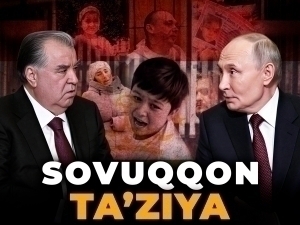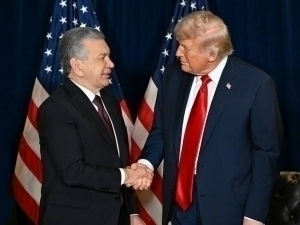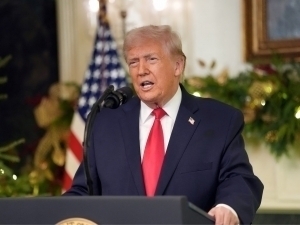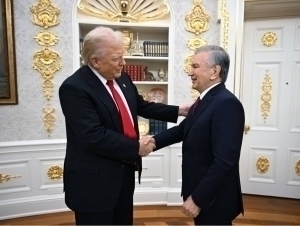Victory Day: How time zones and Stalin split the WWII celebration
Interesting
−
08 May 10032 4 minutes
Each year in early May, the world commemorates the end of World War II—a moment not only of historical significance but also one of deep, lasting memory for humanity. However, this pivotal event is celebrated on different dates depending on the country. While the United States and Western Europe observe Victory Day on May 8, Russia and many post-Soviet nations mark it on May 9. So why the one-day difference?
At first glance, it may seem like a matter of time zones. But the full story goes much deeper, involving political symbolism and the powerful influence of Soviet leader Joseph Stalin.
The first official act of Germany's surrender was signed on May 7, 1945, in Reims, France, by German military representatives. This surrender was set to take effect at 23:01 Central European Time on May 8, meaning it was still May 8 in Western Europe and the United States. However, due to the time difference, it was already the early hours of May 9 in Moscow.
While Russia often cites this time zone discrepancy as the reason for celebrating on May 9, that’s only part of the story.
Soviet leader Joseph Stalin refused to recognize the surrender in Reims as legitimate. He viewed it as a "Western victory" and insisted on a second, more symbolic surrender ceremony in the heart of Soviet-controlled territory—Berlin. Stalin argued that the Soviet Union had suffered the greatest human losses in the war, with 27 million Soviet citizens killed. As a result, he demanded a more appropriate setting to reflect the USSR's role in the victory.
A second signing took place late on the night of May 8 in Karlshorst, Berlin, under the supervision of Soviet Marshal Georgy Zhukov. The ceremony concluded at dawn Moscow time—officially, May 9. This version of the surrender became the foundational narrative for Victory Day in the Soviet Union and remains so in Russia today.
Thus, the split in celebration dates stems from both technical (time zone) and political factors. While May 8 marks the end of the war for Western allies, May 9 became enshrined in Soviet and later Russian tradition, reinforcing Moscow’s view of the USSR’s central role in defeating Nazi Germany.
In 2025, Europe marks the 80th anniversary of the end of World War II. Celebrations are planned across several days, not just on May 8. For example, in London, festivities began on May 5 with the ringing of Big Ben at noon. On May 8, British actor Timothy Spall delivered a re-enactment of Winston Churchill’s iconic victory speech from 1945.
A military parade of over 1,300 participants marched from Parliament Square to Buckingham Palace, led by 100-year-old WWII veteran Alan Kenneth. The event was attended by King Charles III, Queen Camilla, and the Prince and Princess of Wales with their children—George, Charlotte, and Louis.
Notably, Ukrainian servicemen also took part, calling their participation a "great honor."
Meanwhile, in Russia, preparations are underway for the traditional May 9 Victory Day parade in Moscow. This year’s event comes under the shadow of the ongoing war with Ukraine, and security has been significantly tightened. Drone surveillance and fire safety have been prioritized after Ukraine launched a massive drone strike on May 6, targeting Moscow. Russian authorities claim to have destroyed 57 Ukrainian drones, with large numbers intercepted over the Bryansk, Kursk, and Oryol regions.
The drone attacks disrupted air travel, leading to Uzbekistan Airways flights being diverted to alternate airports.
Despite the tense atmosphere, over 20 heads of state and government are expected to attend the Moscow parade. Confirmed attendees include leaders from CIS countries, China’s President Xi Jinping, Brazil’s President Luiz Inácio Lula da Silva, and Slovakia’s Prime Minister Robert Fico—a rare presence for an EU leader. However, India’s Prime Minister Narendra Modi reportedly declined an invitation from President Vladimir Putin.



